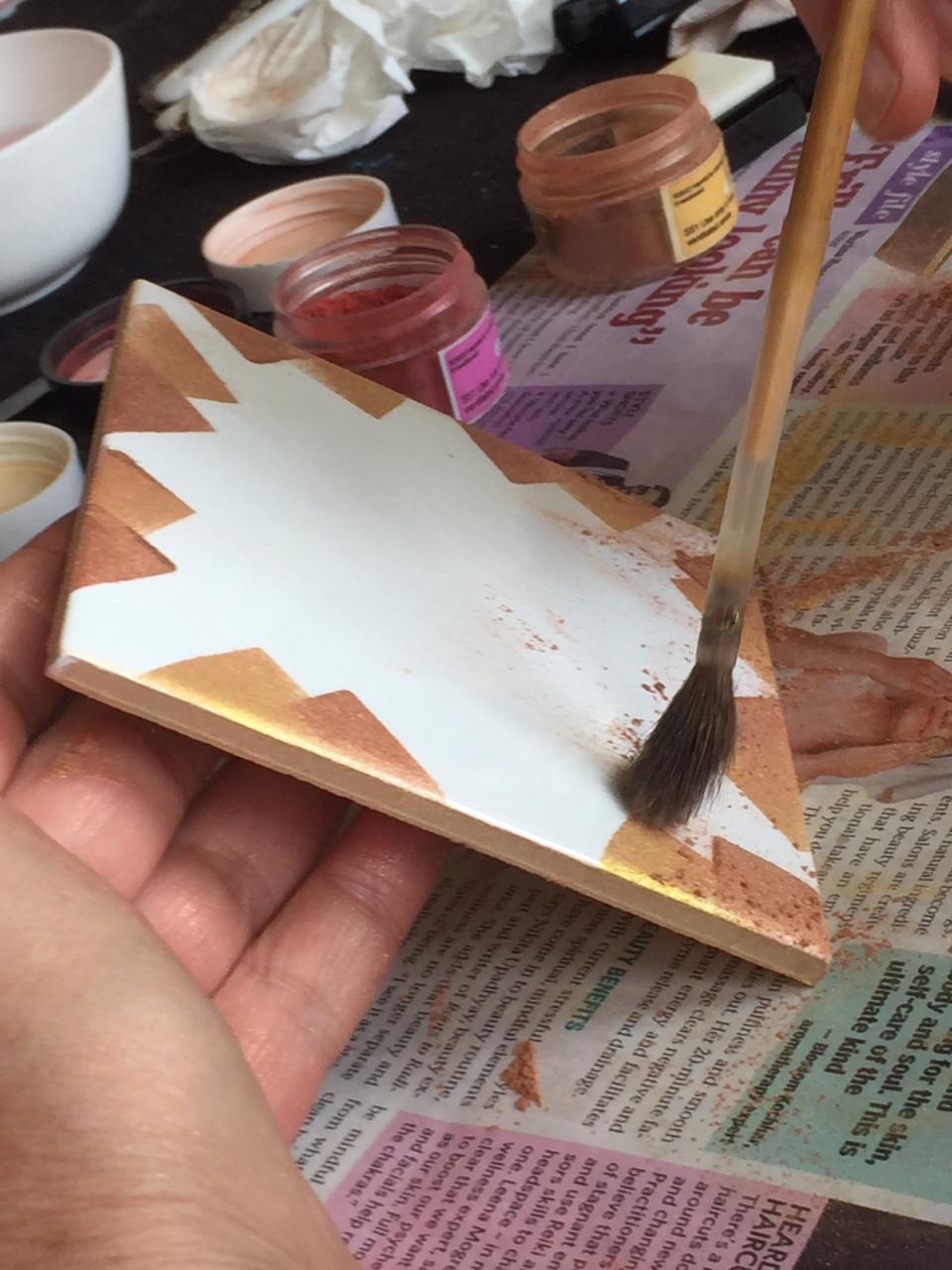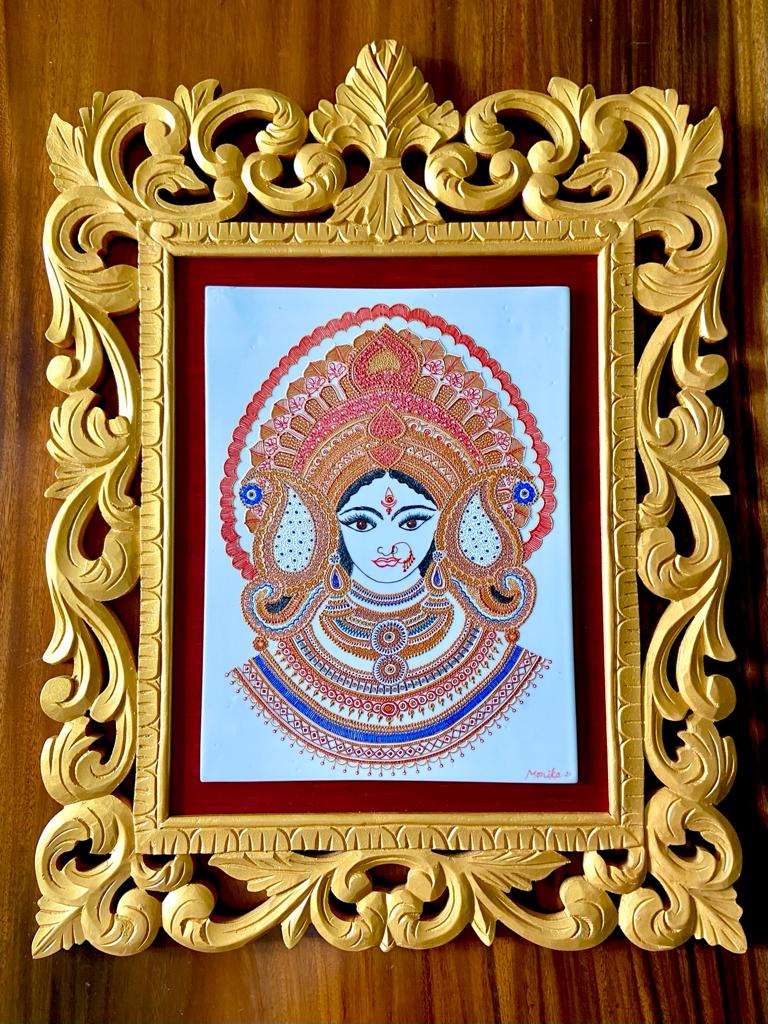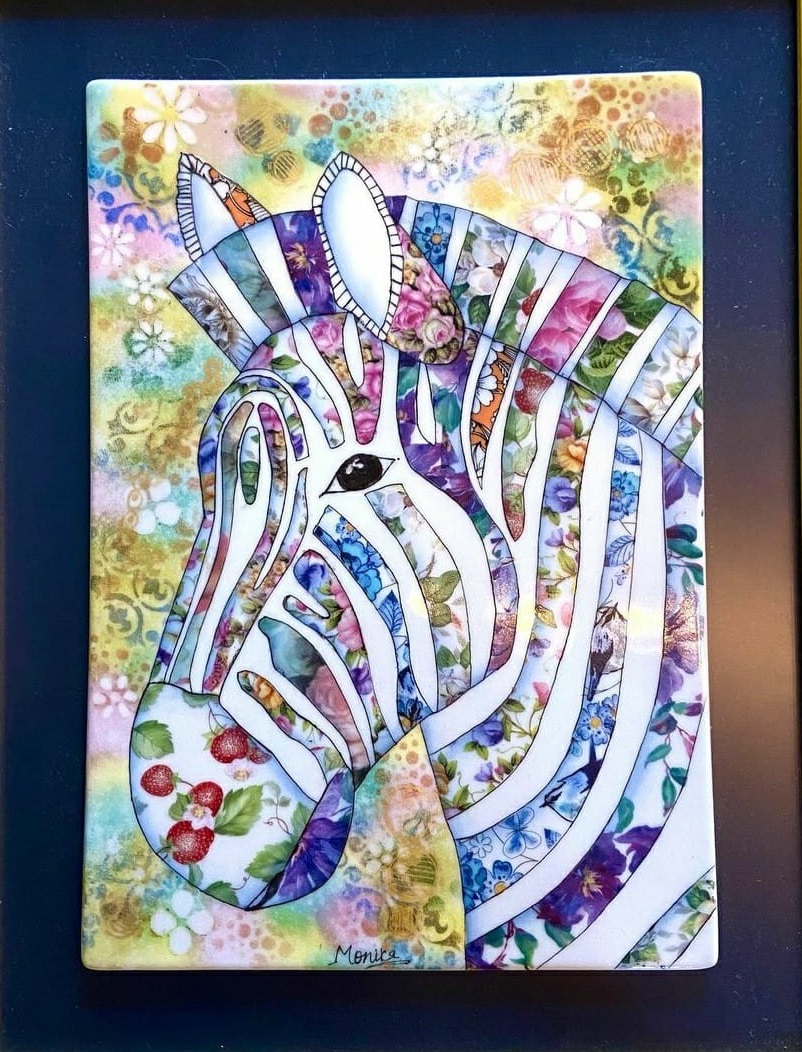What is Porcelain
The term porcelain refers to a wide range of ceramic products that have been baked at high temperatures to achieve vitreous, or glassy, qualities such as translucence and low porosity Usually white or off-white, porcelain comes in both glazed and unglazed varieties, with bisque, fired at a high temperature, representing the most popular unglazed variety.
Although porcelain is frequently used as a synonym for china, the two are not identical. They resemble one another in that both are vitreous wares of extremely low porosity, and both can be glazed or unglazed. However, china, also known as soft-paste or tender porcelain, is softer: it can be cut with a file, while porcelain cannot. This difference is due to the higher temperatures at which true porcelain is fired, 2,650 degrees Fahrenheit (1,454 degrees Celsius) compared to 2,200 degrees Fahrenheit (1,204 degrees Celsius) for china. Due to its greater hardness, porcelain has some medical and industrial applications which china, limited to domestic and artistic use, does not.
Porcelain slowly evolved in China and, then slowly spread to other East Asian countries, and finally Europe and the rest of the world.
About Porcelain Painting
China painting, or porcelain painting,[a] is the decoration of glazed porcelain objects such as plates, bowls, vases or statues. The body of the object may be hard-paste porcelain, developed in China in the 7th or 8th century, or soft-paste porcelain (often bone china), developed in 18th-century Europe.
There are two basic types of paint used to paint porcelain. The first is a simple paint that is applied directly and allowed to dry. There are specialty paints available for ceramic and glass surfaces, or simple acrylics can be used. This is the easiest method, but this kind of paint often scrapes off or is easily damaged. This is because porcelain is not a surface conducive to ordinary painting. For truly beautiful durable paintings, specialty products and a kiln are required. This preserves the paint and intensifies the color. The process of painting on porcelain can take a remarkably long time, so patience is required. In addition, it’s unlike painting on paper or canvas, which can make it difficult for people used to those media. However, porcelain painting can be extremely rewarding, and for many of us, the results are worth the effort which goes into it. Take the time to learn how to paint with specialty porcelain paints, and you’ll get a beautiful piece of work for your efforts.
Important of Porcelain Painting
First, you’ll need to be sure you’re getting the correct paints. There are a number of specific brands of paint meant to be kiln fired available. Make sure your work area and your surface are free from dust when you go to pain porcelain. Use a natural hair brush, and a white porcelain tile or a piece of mirror or glass as a palette. Some colors are available as powders, and must be mixed up with a medium before application, while others are available premixed. Apply paint carefully, and spend a little time practicing on a scrap piece before you begin your final work. Porcelain paints may not behave like the ones you’re used to. Allow the paint to dry on the porcelain before firing, and always fire according to the paint manufacturer’s instructions. Once the piece is finished, frame it, hang, and enjoy the richness and depth you can only get if you paint porcelain.





